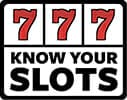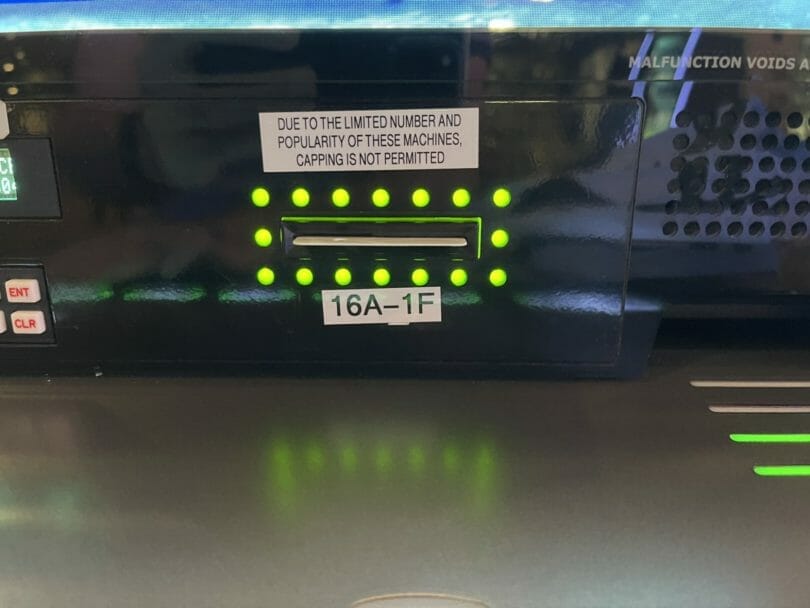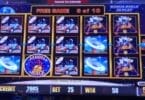When a slot machine is temporarily disabled, usually on behalf of a player, this is called “capping.”
The term hit my attention again recently when I saw a sticker on a slot machine in Laughlin that spoke to the lack of being able to cap certain machines, along with more commonplace language about popular machines only allowing one per player.
The reasons for capping a machine can vary – a high level player may want to take a break or go to the bathroom. For certain higher level players a casino might give them more latitude as to not frustrate and chase away a big player. This process was for a long time one of judgement calls made by a slot attendant as to what to do on behalf of a player.
Some casinos are now using new systems through the players cards to allow for temporary locking of a machine. The amount of time you can hold the machine can be configured by the players card level in some cases, giving higher level players a longer window to hold the machine.
As an added bonus, if the player doesn’t return it will automatically unlock the machine for the next player. This takes the pressure off of an already taxed slot attendant staff at many casinos to have to remember to enable the machine if they do not return.
Of course, many players don’t bother with any of that and just simply flip the chair up onto the machine or do something that indicates the machine is in use and temporarily on hold. Or they may ask their neighbor to keep other players away from a machine while they visit the bathroom or a ticket eater.
I certainly like the idea of the machine being capped by some other format than a player asking me; I tend to bounce around a lot and hate to have to have an open-ended obligation to help another player out, although I have done it.








